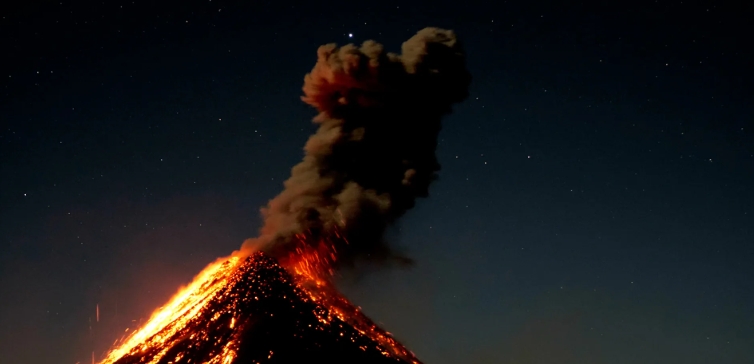Volcanoes, one of the most fascinating natural phenomena on Earth, continue to captivate and mystify scientists and the general public alike. But what exactly causes these powerful mountains to erupt, spewing molten rock and ash into the air? Let’s delve into the science behind volcanoes and unravel some of the mysteries surrounding them.
Formation of Volcanoes
Volcanoes are formed when magma from deep within the Earth’s mantle rises to the surface through cracks in the Earth’s crust. This magma, which is made up of molten rock, gases, and crystals, builds up over time, creating a magma chamber beneath the surface. As the pressure within the chamber increases, the magma seeks an outlet, leading to a volcanic eruption.
Types of Volcanoes
There are several different types of volcanoes, including shield volcanoes, stratovolcanoes, and cinder cone volcanoes. Shield volcanoes, like those found in Hawaii, have gentle slopes and are formed by basaltic lava flows. Stratovolcanoes, such as Mount Etna in Italy, are characterized by steep slopes and explosive eruptions caused by the interaction of viscous magma and gas. Cinder cone volcanoes, like Paricutin in Mexico, are small, steep-sided volcanoes formed from erupted fragments of lava and volcanic ash.
Eruption Mechanisms
Volcanic eruptions can be triggered by a variety of factors, including the composition of the magma, the presence of gases within the magma, and the tectonic setting of the volcano. When magma is less viscous, gases can easily escape, leading to effusive eruptions that produce lava flows. In contrast, more viscous magma can trap gases, leading to explosive eruptions that produce ash, pyroclastic flows, and volcanic bombs.
Monitoring and Predicting Volcanic Activity
Scientists use a variety of tools to monitor and predict volcanic activity, including seismometers, gas sensors, and satellite imagery. By tracking seismic activity, gas emissions, and ground deformation, scientists can assess the level of volcanic unrest and issue warnings to potentially affected communities. While predicting the exact timing and intensity of a volcanic eruption remains challenging, advances in technology have improved our ability to forecast volcanic activity with greater accuracy.
Conclusion
Volcanoes are complex and dynamic geological features that continue to intrigue and inspire awe in people around the world. By unraveling the mysteries of volcanoes and understanding the processes that drive their eruptions, scientists can better predict and mitigate the potential hazards associated with volcanic activity. As we continue to study and explore the fascinating world of volcanoes, we gain a deeper appreciation for the power and beauty of these natural wonders.

